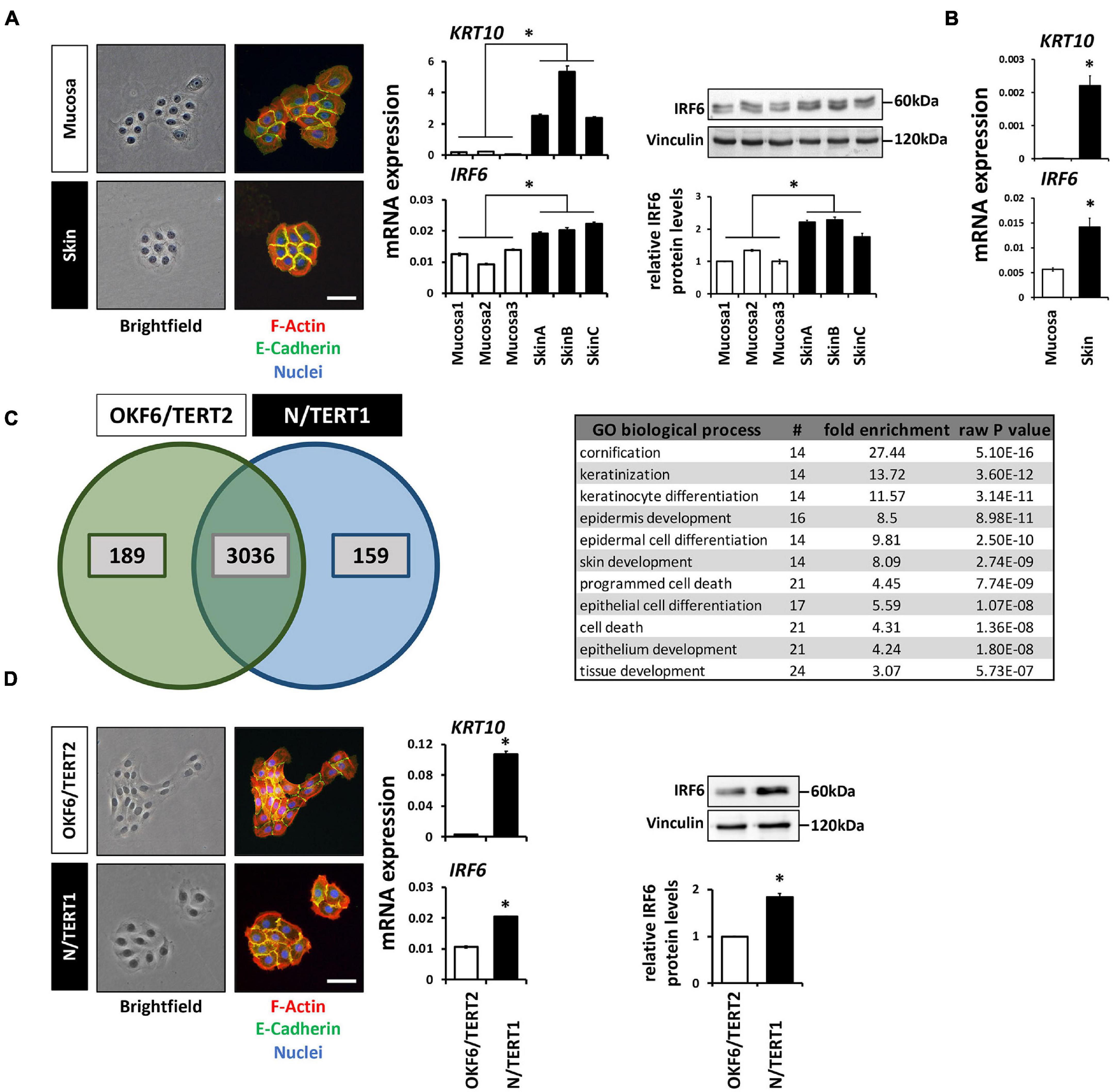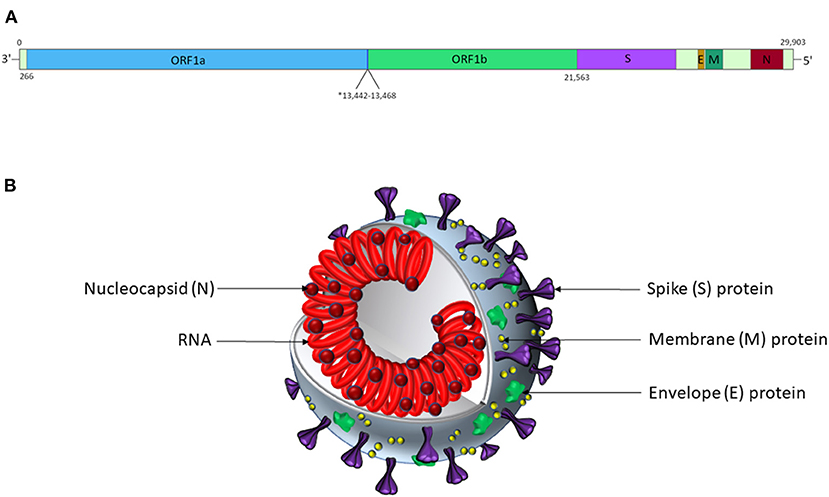
It has also been ascribed roles in keeping hair untangled 2. It is covalently linked to the exterior surface of the hair protein via thioester bonds where it functions to maintain a waterproof barrier to the hair surface. It makes up as much as half of all the fatty acids in hair and is found exclusively on the surface of the cuticle 1. The most abundant fatty acid in the hair of most mammals, including humans, is 18-methyl-eicosanoic acid (18-MEA).

While A2E formation is rare, there is no enzymatic mechanism to degrade it. More rarely, but associated with exposure to bright light, this species can react with a second retinal to form A2E. Sometimes, the retinal escapes this cycle and reacts with the ethanolamine headgroup of PE lipids.
#Nets not attached to parts pcad 2006 series
There follows a series of reactions to recycle the retinal back to the cis conformation to detect another photon. This triggers the process of signalling to the brain that you have seen something. Light falling on receptors in the retina isomerises a double bond in retinal, converting it from cis to trans. It’s chemical identity was determined in 1996 1. It forms rarely, but accumulates in the eye and is associated with age-related eye diseases such as macular degeneration. October’s Lipid of the Month is N-Retinylidene-N-retinylethanolamine or A2E. Capsaicin: Current Understanding of Its Mechanisms and Therapy of Pain and Other Pre-Clinical and Clinical Uses.Capsaicin-the spicy ingredient of chili peppers: A review of the gastrointestinal effects and mechanisms.The capsaicin receptor: a heat-activated ion channel in the pain pathway.While capsaicin causes a sometimes painful burning sensation, and may be responsible for some of the more well-known effects of spicy food 3, it can actually be used in the treatment of pain as prolonged exposure desensitizes the receptor such that it can no longer transmit a signal 4. They do not digest the seeds but excrete them, with a lump of fertilizer, to grow a new plant. The avian version of TrpV1 does not react to capsaicin, so birds can eat peppers without the hot taste. This strategy might appear to have failed for humans, but serendipitously, our love of chilli means we now cultivate the plants, actively ensuring its genes live on. Its presence in peppers deters mammals from eating the fruit and destroying the seeds by chewing them. Put your hand in hot water, or a chilli in your mouth and TrpV1 allows cations to flood into the nerve cell, initiating a signal your brain interprets as heat.Ĭapsaicin, a vanillylamide of 8-methyl-6-nonenoic acid, is very lipophilic, explaining why milk or yoghurt, containing fats, can ease the spiciness of a curry, but water will not. It is also responsible for detecting high temperature.

The receptor turned out to be TrpV1, a transmembrane protein located in nerve endings. Capsaicin acts by stimulating heat receptors and Julius’ team used if to identify which particular protein receptor in sensory neurons it triggered 2. The concentration, and efficacy of these compounds relate to the ‘hotness’ which is measured on the Scoville scale 1. Undoubtedly the hottest lipid of the moment is capsaicin- the molecule which imparts the hot sensation we experience when eating chilli peppers and which helped win David Julius this year’s Nobel Prize in Physiology or Medicine.


 0 kommentar(er)
0 kommentar(er)
